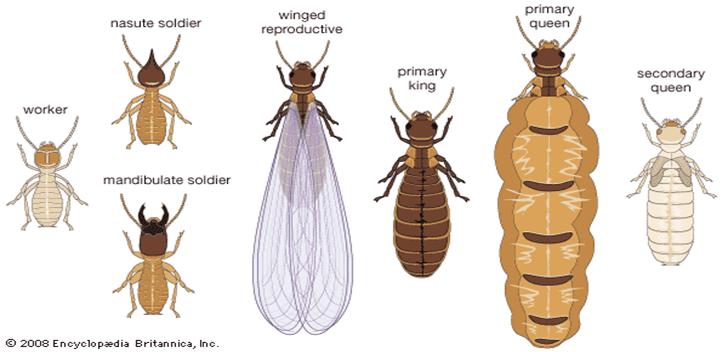
|
TERMITES |

|
Home |
|
About Us |
|
Contact Us |
|
Commercial Services |
|
Service Types |
|
Termites |
|
WDO Inspections |

|
Termites have existed for about 50 million years, and today there are close to 3,000 termite species living in most temperate parts of the world. In Africa and Australia, termites build enormous mounds that can last longer than the colony itself can survive. There are plenty of methods for discouraging termites from feasting on a person's home, but many species have a knack for finding ways around them. Once a colony moves in, it can be difficult to exterminate. |

|
IDENIFY & CONTROL SERVICES |

|
Order a WDO Inspection Today! |
|
(904) 306-0080
Email: info@ustermitecontrol.com |
|
In the US, termites do more economic damage annually than all tornados, hurricanes, and windstorms, combined . Because homeowners insurance does not cover termite damage, homeowners spend billions each year to repair these problems. Termites have the longest life span of any household pest, with individuals living up to 15 years under favorable conditions, and entire colonies living in homes for even longer. During this time, they may feed on the wood of home structures until little is left but non-supportive remnants, leaving a house structurally damaged. |
|
Typical signs of termite infestations include swarming of winged adults in the spring and occasionally autumn. A "swarm" is a group of adults that leave their nest to establish a new colony. Swarming occurs when a colony reaches a certain size. Emergence is stimulated when temperature and moisture conditions are favorable, usually on warm days following rainfall. Other signs of termite presence include "pencil-size" mud tubes constructed over the surface of foundation walls, mud protruding from cracks between boards and beams, and hollow sounds from infested wood when it is tapped, or extreme softness when probed with a knife. Termites feed slowly and there is no need to panic. Types of Termites Subterranean termites are social insects that live in nests or colonies in the soil. Each colony consists of three forms or castes of individuals, which are the reproductive, workers, and soldiers. Some can be winged (primary) or wingless (secondary). The latter are found in mature colonies and serve as replacements if something happens to the primary ones. Winged, primary termites are coal black to pale yellow-brown, flattened and about 6 to 9 mm (1/4 to 3/8 inch ) long, with pale or smoke-gray to brown wings. Secondary termites are white to cream-colored with short wing buds. Workers are wingless, white to grayish-white with a round, yellow-brown head and about 6 to 9 mm (1/4 to 3/8 inch) long. Soldiers are also wingless and resemble workers except that they have large, rectangular, yellowish and brown heads with large jaws. The ones that swarm have straight, bead-like antennae, a thick waist and a pair of long, equal-length wings that break off easily. The presence of winged termites or wings alone inside a home are signs of a termite infestation.
|